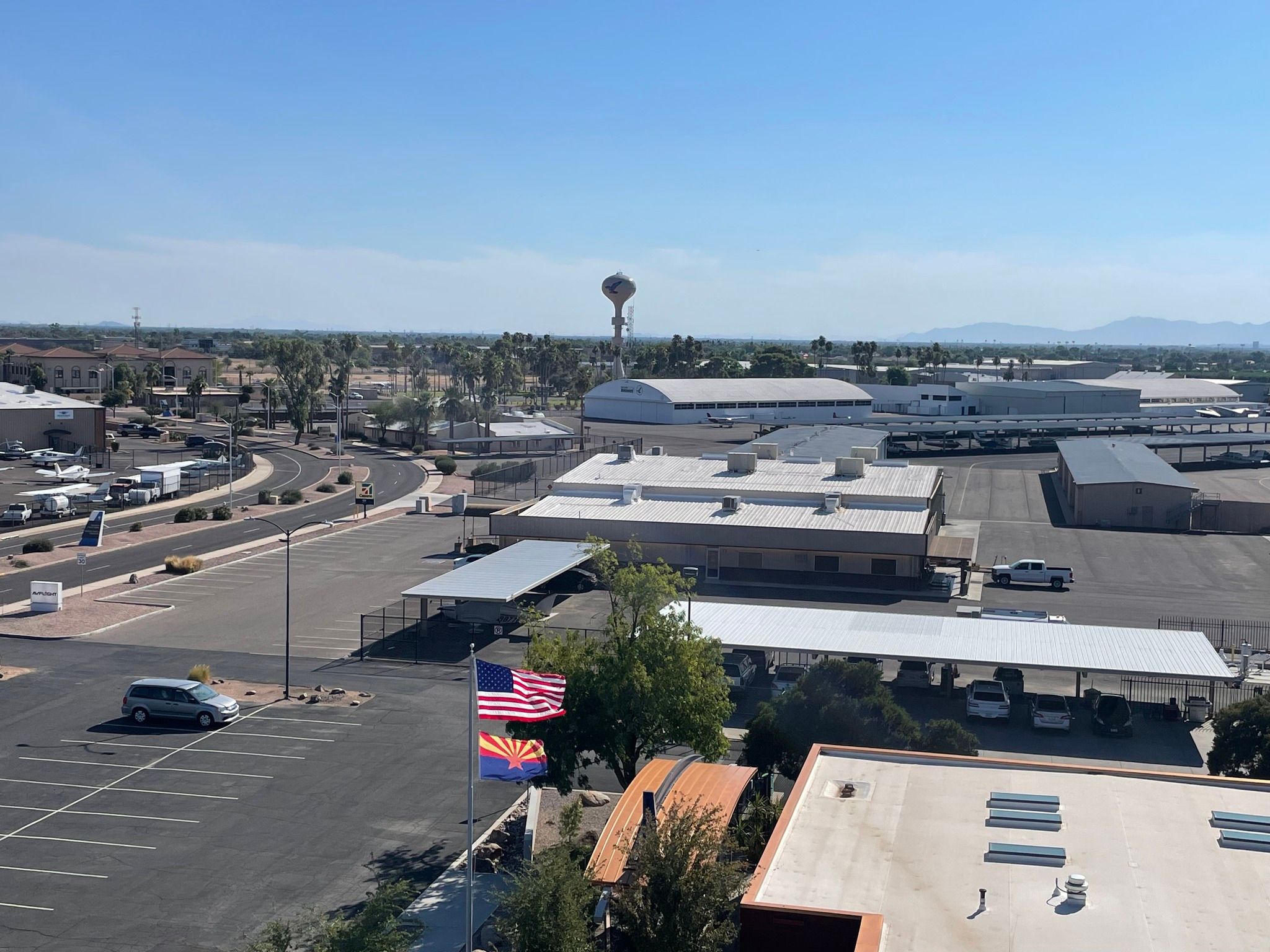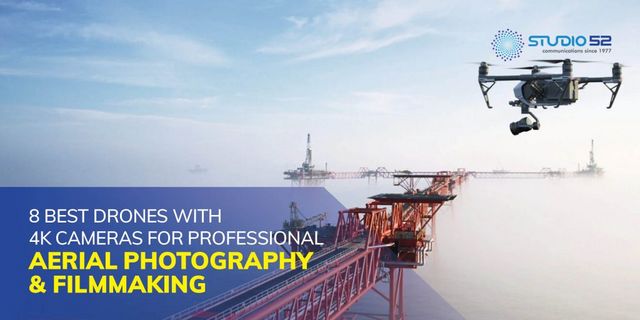
A Bird's Eye View Of Growth Opportunities
Aerial photography and remote sensing have come a long way since the first photos were taken from hot air balloons in the late 19th century. Modern technologies like drones, satellites and airplanes are capturing exceptionally high-quality images that provide valuable information for businesses across many industries.
Mapping Changes Over Time
One of the most useful applications of aerial imaging is monitoring changes to land, infrastructure and assets over extended periods. Repeated seasonal flyovers allow comparison of vegetation growth, property developments and environmental impacts. This enables industries like agriculture, mining, construction and utilities to track progress, identify issues and plan accordingly. Long-term aerial surveys are also useful for government agencies managing land use and development. Comparing images from year to year clearly shows how areas are evolving.
Inspections From New Angles
Many traditional on-site inspections that require climbing, lifting or diverting traffic can now be effectively supplemented or replaced with aerial reviews. Drones provide a safe bird's-eye view of hard-to-access areas like rooftops, bridges, cell towers, pipelines and ship cargo without endangering workers. Detecting defects, leaks, unauthorized access or equipment degradation that may not be obvious from the ground level can help prioritize maintenance and avoid costly damages or failures down the line.
Crisis Response And Recovery Assistance
Following natural disasters like floods, wildfires or earthquakes, aerial photos facilitate rapid damage assessments over wide areas. Identifying impacted neighborhoods, roads or infrastructure helps direct emergency response efforts efficiently. Later, comparing pre- and post-event imagery aids recovery projects by revealing the full extent and specifics of what needs repair or replacement. Aerial surveys also assist with controlled burns and search and rescue operations. The images provide situational awareness to first responders from an elevated vantage point.
High-Resolution Insight for a Wide Range of Industries
Real estate developers leverage aerial photos to plan parcel divisions, spot encroachments and model property designs in 3D. Insurance companies use before/after storm flyovers to speed up claims processing. Agriculture utilizes multispectral imagery to monitor crop health and detect disease or nutrient issues. Telecommunications firms map cell tower coverage zones for expansion planning. Police leverage surveys to track activity over large areas and reconstruct crime scenes. Aerial views even assist archaeologists in discovering and documenting significant historical sites. With resolutions rivaling traditional photographs, today’s technology opens myriad options across many vertical industries.
Branding Through Beautiful Aerials
From framing their product or service offerings in appealing Aerial Imaging landscapes to showcasing impressive facilities via flythrough videos, businesses are discovering new promotional opportunities through aerial imagery. Real estate listings, tourism bureaus, resorts, conference centers, cruise lines and more leverage inviting aerial perspectives that compellingly convey a sense of place, scale or experience to customers. Aerial photos and videos lend prestige and help distinguish companies while capturing attention on websites and marketing materials in memorable ways. Professionally-shot aerials create buzz and elevate brands.
Planning Smarter Projects with Aerial Insights
Precision mapping applications utilize aerial data to develop intricate models like terrain maps, facility layouts and 3D construction plans. This supports more informed strategic decisions, risk assessments and project management. At the concept stage, predictive analysis of aerial datasets helps size up challenges, workarounds and budgets more realistically to reduce costs and surprises down the line. Throughout the build cycle as well, periodic aerial status checks minimize delays from issues escaping ground-level notice. At completion, as-built surveys via airborne imaging confirm projects were executed as intended—vital for compliance verification in sectors like civil engineering and urban planning. Overall, incorporating aerial views makes project planning and execution significantly smarter.
Privacy And Regulatory Considerations
While aerial technologies unlock enormous business value, relevant privacy legislation and operating policies must still be followed carefully. Any organizations capturing or utilizing aerial imagery need approvals for airspace access and must avoid restricted locations. Clear communication, signed releases and purpose-specific usage are prudent around photographing private property or public events from above. Strategies like blurring faces or license plates and securing data appropriately help ensure compliance with evolving privacy standards alongside enabling commercial opportunities through aerial innovation. Overall, responsible utilization maintains stakeholder trust while harnessing the powerful insights above.
In summary, aerial imaging technologies are revolutionizing how enterprises gather invaluable intelligence, boost efficiencies, assess risks and showcase offerings. Persistent innovation is expanding applications across more and more industries. Leveraging high-quality aerial data and insights strategically offers competitive advantages in planning, operations and marketing when balanced with responsible privacy considerations. The sky is truly the limit for business growth fueled by a bird's-eye view from above.
Get more insights, On Aerial Imaging




























